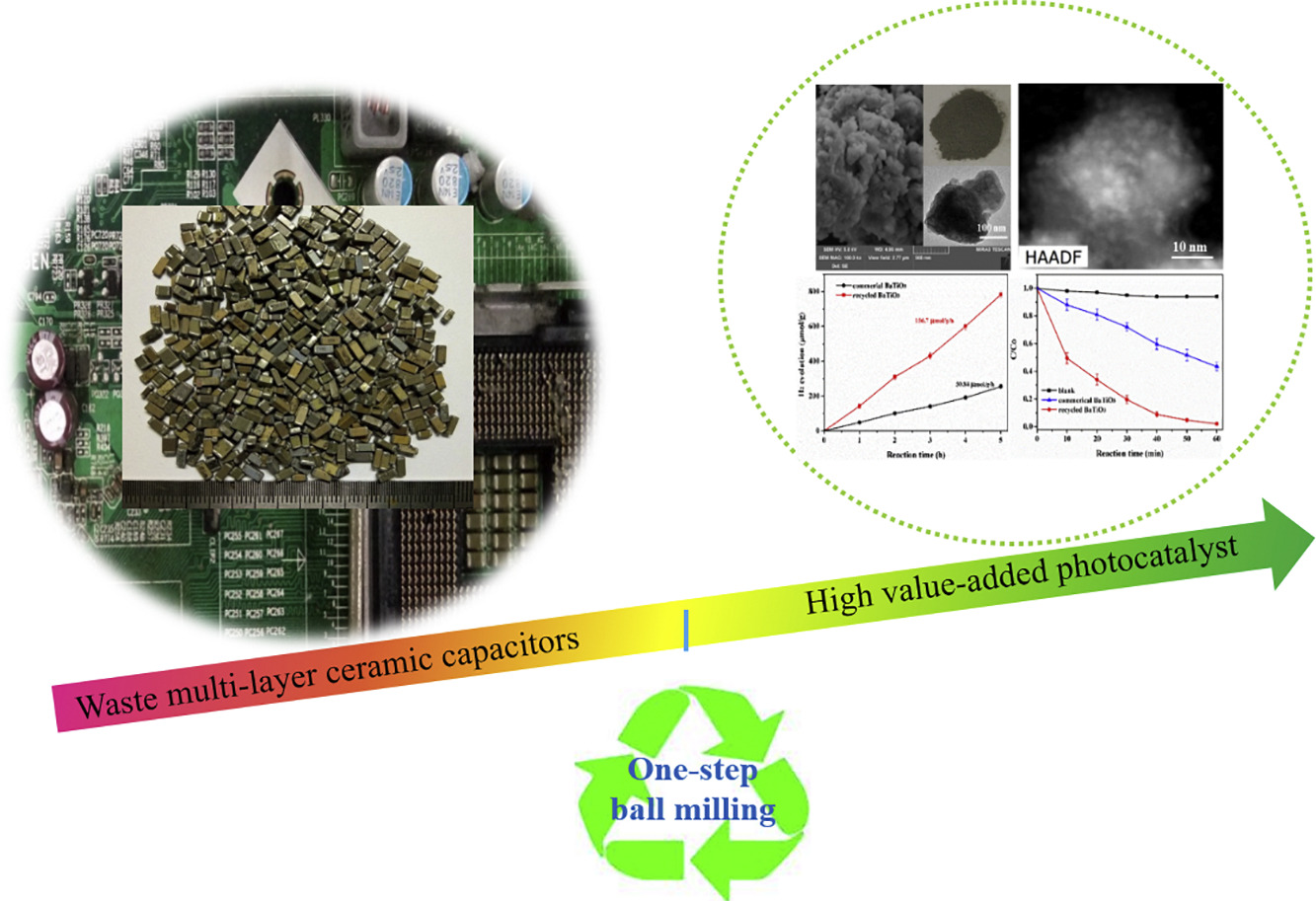This book presents methods of computational intelligence and data fusion that have applications in agriculture for the non-destructive testing of agricultural products and crop condition monitoring. This chapters address SDGs 2 and 9 by presenting methods related to the combination of sensors with Artificial Intelligence architectures in Precision Agriculture.
This book chapter reviews the literature supporting a genetic basis for obsessive-compulsive disorder, advancing SDG 5, gender equality.
Elsevier,
Clinics in Podiatric Medicine and Surgery, Volume 36, Issue 4, October 2019, Pages 707-716
This chapter advances goals 5 and 10 by increasing awareness of gender inequality in podiatric medicine.
Global temperature limitation near 2 °C could slow, but not halt further changes in the Arctic for future decades. The precautionary principle calls for early adaptation and mitigation actions.
Partner content
United Nations Global Compact, September 2019
This report showcases business leadership on climate action aligned with limiting global temperature rise to 1.5°C. Advancing SDGs 12, 13 and 17, this report features solutions and strategies developed by companies that have taken the 1.5°C pledge and examines how business leaders are integrating this process into corporate strategies and generating employee buy-in.
Elsevier, Measurement: Journal of the International Measurement Confederation, Volume 143, September 2019
With the advantages of reducing CO2 emissions and improving the sustainability of supply chain, returnable containers have been widely used in logistics processes. This paper considers a returnable containers supply chain that consists of a single vendor and multiple buyers. To minimize the total cost of the system and balance the containers flow, we assume that the buyers can invest in employee training to reduce the loss fraction of returnable containers.
Municipal advisory committees are becoming increasingly influential in guiding decision-making processes that address climatic issues. According to the Adaptigation Institutionalization Framework (included in the recent IPCC report), the implementation of such participatory structures is vital for the effective, joint institutionalization of climate change mitigation and adaptation. However, there is a lack of empirical evidence to support this claim. Against this background, this paper tests the Adaptigation Framework using the example of municipal advisory committees in Germany.
Conservation of biodiversity and ecosystem services in natural environments requires careful management choices. However, common methods of evaluating the impact of conservation interventions can have contextual shortcomings. Here, we make a call for counterfactual thinking—asking the question “what would have happened in the absence of an intervention?”—with the support of rigorous evaluation approaches and more thoughtful consideration of human dimensions and behavior.
Waste multilayer ceramic capacitors (MLCCs), containing BaTiO 3 , Ag, Pd, Ni and Sn etc., are valuable secondary resource. The existing recycling process has great challenges when considering environmentally friendly and efficient separation and recovery of resources. From a new perspective of resource recycling, we directly utilized the complex components of waste MLCCs as a Nb–Pb codoped and Ag-Pd-Sn-Ni loaded BaTiO 3 nano-photocatalyst through one-step ball milling process. The as-prepared photocatalyst exhibited superior photocatalytic performance.
There are increasing policy and market drivers for removing chemicals of concern from manufacturing processes and products. These drivers have centered primarily on developed countries. However, global activities through the United Nations, individual countries, and advocacy organizations are increasing concerns about chemical impacts in developing countries and economies in transition as well. While reducing the use of chemicals of concern is a primary goal, eliminating such substances without thoughtful consideration for their replacements can lead to regrettable substitutions.

